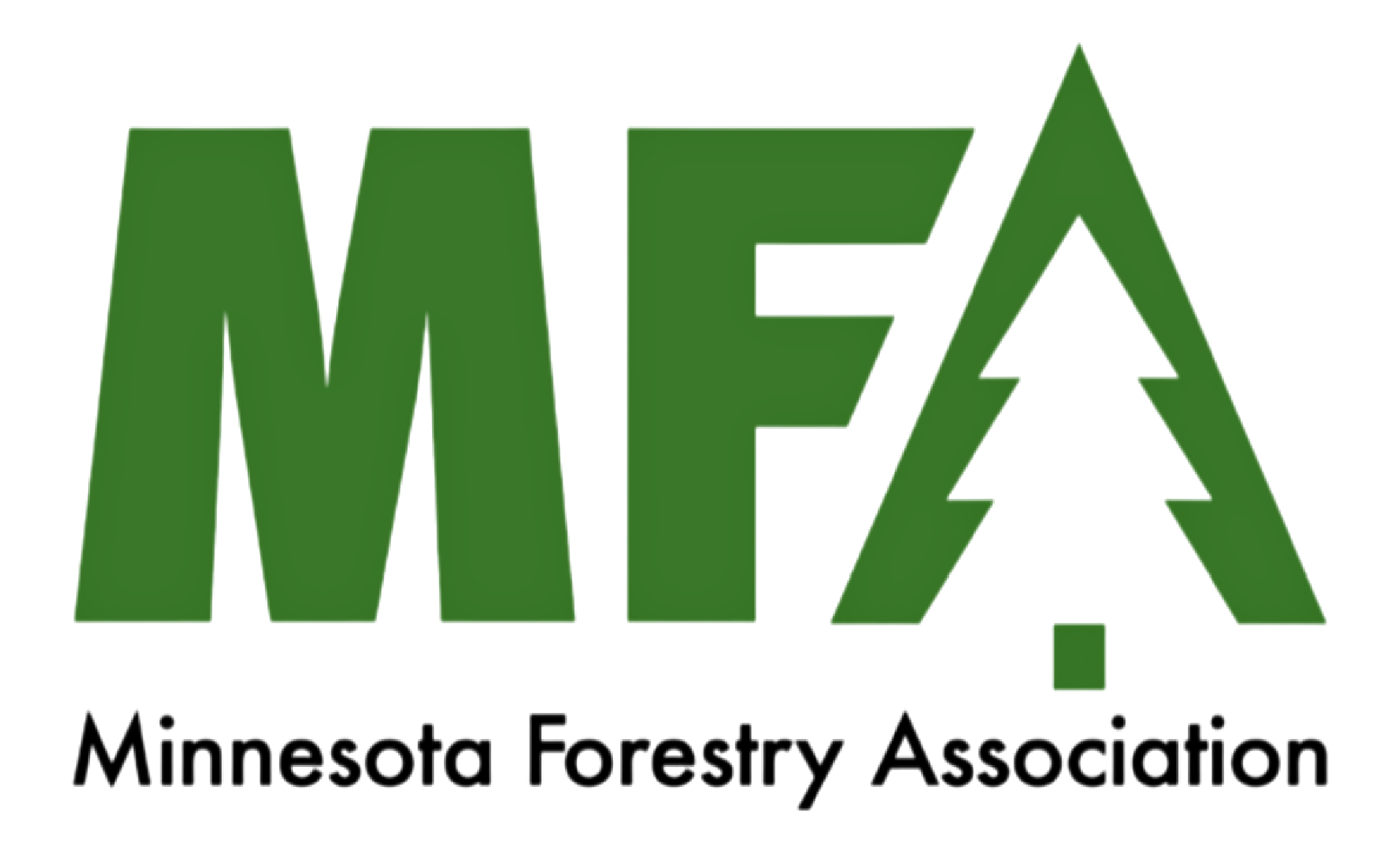A Woodland Stewardship Plan is a must for every owner of 20 or more wooded acres—and it’s very affordable! That is why 80% of MFA members already have a plan.
A Woodland Stewardship Plan is sometimes referred to as a Stewardship Plan or Forest Stewardship Plan.
Bob Ludwig, Pine County, is shown with a red pine he planted as a seedling in 1953.
Landowners have different goals for their woods. A Woodland Stewardship Plan is a good way to focus those goals.
Why a Woodland Stewardship Plan?
Have you ever walked through your woods and wanted to know more about the timber, soils, and wildlife on your site? Do you ever wonder exactly how your habitats function or how their components can be managed for maximum benefits? Whether you crave trails for cross-country skiing, more habitat for warblers or white-tailed deer, or products from pine thinnings, a Woodland Stewardship Plan is for you.Your woodland contains a wide variety of plants and animals. Your management decisions affect this environment for decades to come. A Woodland Stewardship Plan helps you plan for the future condition of your woodlands. Everyone benefits from a range of healthy, intact habitats across the state regardless of their ownership.
What is a Woodland Stewardship Plan?
Every woods should have a plan. Depending on the size of your property, and your goals, you may want to work with a professional forester to create a detailed inventory and timeline, or you may only need some general notes and somewhere to go when you have questions.To be eligible for many cost share and financial incentive programs, your plan must meet certain criteria. A plan MUST be written by an approved plan writer, and MUST be reviewed and approved by DNR forestry staff . However, many foresters are willing to walk your woods and provide informal notes, recommendations, and plans for specific projects, which can be very useful on their own.Trying to figure out what to do with your woods? A Woodland Stewardship Plan might be the perfect place to start. A Woodland Stewardship Plan is sometimes referred to as a Stewardship Plan or Forest Stewardship Plan.
Who Writes the Plan?
The University of Minnesota maintains a list of approved plan preparers, which includes foresters from the DNR, local SWCD’s, timber industry, and private consultants.
How Much Do Plans Cost?
Most foresters charge by the acre. Rates may vary among individuals. Cost share is available through either the Minnesota DNR, or the Natural Resource Conservation Service (NRCS). Occasionally there are funds available for specific regions for landscape initiatives. Your plan preparer should be able to help you apply.Most landowners actually come out ahead. With a qualifying Woodland Stewardship Plan, registered with the DNR, you can enroll in tax and financial incentive programs.
What Will My Plan Look Like?
The plan provides a comprehensive, thorough overview of your land. An official plan must include:A map of your land Background information about the surrounding region Soil information, any rare species, landscape features, or cultural artifacts that have been documented near you, an inventory of the timber on your property, a description of the plant communities and wildlife habitat present. Your plan will also include recommended activities and alternatives to care for your land. Your forester will work with you to set goals that meet your family’s desires and needs, and a realistic given the landscape and current conditions. Recommends activities might include: Enhancing habitat for wildlife species, Maintaining ecological diversity, Planting trees, Building trails, Pruning high-value trees, or harvesting timber.
How Do I Start?
Your first step should be to contact a forester. Your local DNR forester is a good place to start. Even if you don’t hire them to write your plan, they can help you apply for cost share and answer questions about eligibility and special programs. Once you find a plan writer, they will help you through the rest. the more you work with them the more they can tailor your plan to fit your goals, interests, abilities.
What do I do With My Plan?
It’s up to you! As you move forward, your plan can serve as a valuable record of information which you can share with family, contractors, or other natural resource professionals working on your land. The forester that wrote your plan will most likely be happy to continue working with you, and can help you work out the logistics for projects like thinning, trail building, tree planting, and more. Cost share may be available for projects that benefit wildlife or forest health. These programs vary year to year, depending on state and federal appropriations and priorities. Your forester can help you apply. You can use your plan to enroll in incentive programs for conserving forest land. A variety of programs are available, depending on the size and character of your land, and the type of commitment you are willing to make. If you choose to enroll your plan in incentive programs you may be subject to specific requirements, but these programs are separate from your plan, and voluntary. You are not required to follow the exact recommendations in your plan.



